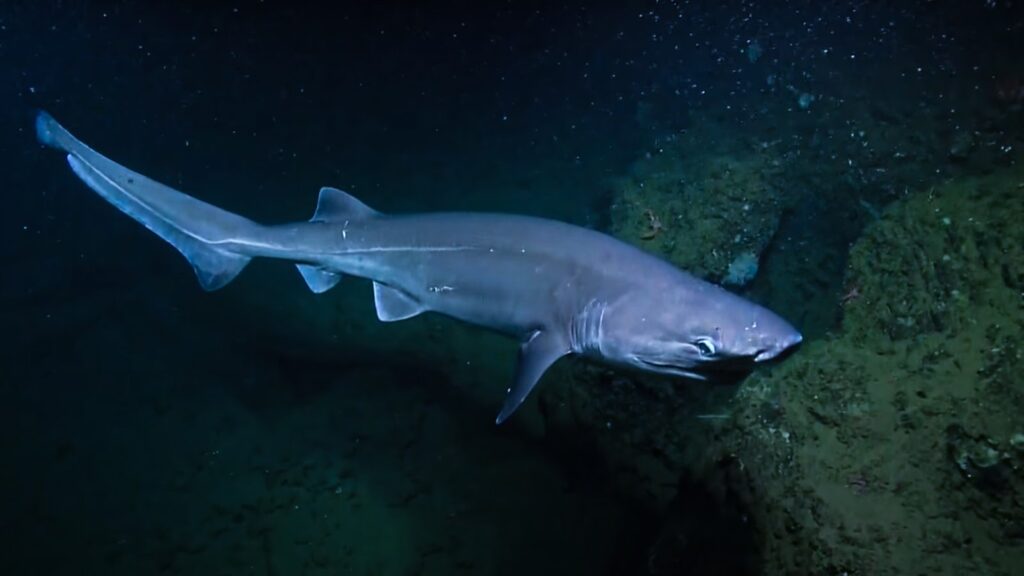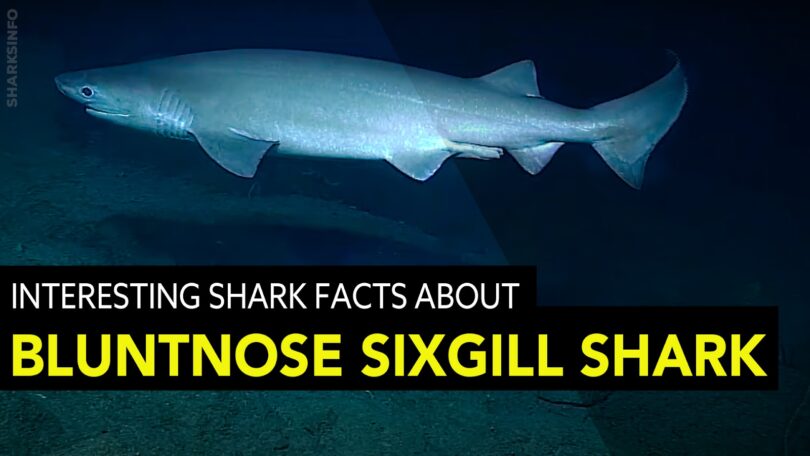Sharks are fascinating creatures that have been around for millions of years and are a crucial part of the ocean’s ecosystem. From the great white shark to the hammerhead shark, there is a wide range of species with unique features and behaviors. One species that is often not discussed much is the Bluntnose Sixgill Shark. This shark is a little-known species that is worth paying attention to as it is one of the most interesting and mysterious species of shark in the world.
Interesting Facts About The Bluntnose Sixgill
- Unique Name: The Bluntnose Sixgill is so named because of its distinctive blunt nose and six-gill slits on each side of its head. This species is one of the few species of shark that have six-gill slits, while most species have five.
- Fossil Evidence: Fossil evidence shows that the Bluntnose Sixgill has been around for at least 200 million years, which makes it one of the oldest species of shark. This species has survived several mass extinctions and has undergone quite a few changes over the time span of millions of years.

- Large Size: The Bluntnose Sixgill is one of the largest species of shark in the world, with adult males reaching up to 15 feet in length and adult females growing up to 12 feet in length. This species can weigh up to 1000 pounds, making it a very prominent predator in the ocean.
- Nocturnal Behavior: Unlike most species of shark, the Bluntnose Sixgill is a nocturnal predator. This species is most active at night when it emerges from the deep to feed on its preferred prey, including fish, squid, and crustaceans. This behavior makes the Bluntnose Sixgill a difficult species to study as it is not easily observed in its natural habitat.
- Deep Water Habitat: The Bluntnose Sixgill is primarily found in deep water, with most populations inhabiting depths between 500-7000 feet. This species is not typically found in shallow water or near the shore, making it a rarely seen species by humans.
- Unique Physiology: The Bluntnose Sixgill has several unique physiological adaptations that allow it to survive in its deepwater habitat. This species has a large liver that provides buoyancy, helping it to swim efficiently in the deep ocean. The Bluntnose Sixgill also has a slow metabolism, which allows it to survive in its low-light, low-oxygen environment.
- Long Lifespan: The Bluntnose Sixgill is a long-lived species with a lifespan of over 200 years. This species has a slow growth rate, which means that it takes several years to reach maturity. The long lifespan of the Bluntnose Sixgill also means that it has a low reproductive rate, which makes it vulnerable to overfishing and habitat degradation.
- Mysterious Migration: The Bluntnose Sixgill is known for its mysterious migration patterns. This species travels vast distances in the deep ocean and is often observed moving between different ocean basins. Scientists are still unsure what drives this migration and what the Bluntnose Sixgill is searching for in its travels.
- Vulnerable to Overfishing: Despite its large size and fearsome reputation, the Bluntnose Sixgill is vulnerable to overfishing. This species is often caught as bycatch in deep-water trawl fisheries and is also targeted for its liver oil, which is used in the production of dietary supplements.
The Final Word
The Bluntnose Sixgill is named so because of its distinctive blunt nose and six-gill slits on each side of its head. This specie has been in the oceans for millions of years and still has not evolved much. However, this giant of the ocean is subjected to overfishing, pushing it towards the path of extinction, for which measures should be taken.







